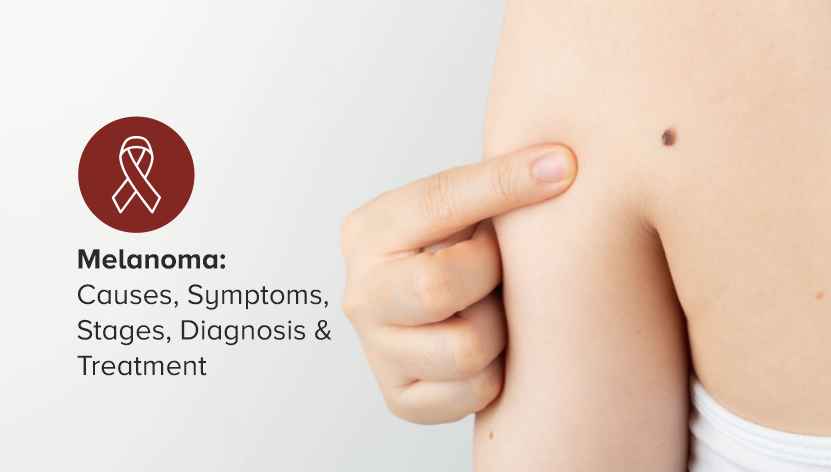Melanoma, a term that brings a sense of urgency and concern, is a serious form of skin cancer that originates in the cells known as melanocytes, responsible for giving your skin its color. While melanoma is less common than other types of skin cancer, its potential for aggressiveness and spread to other parts of the body makes it more dangerous.
